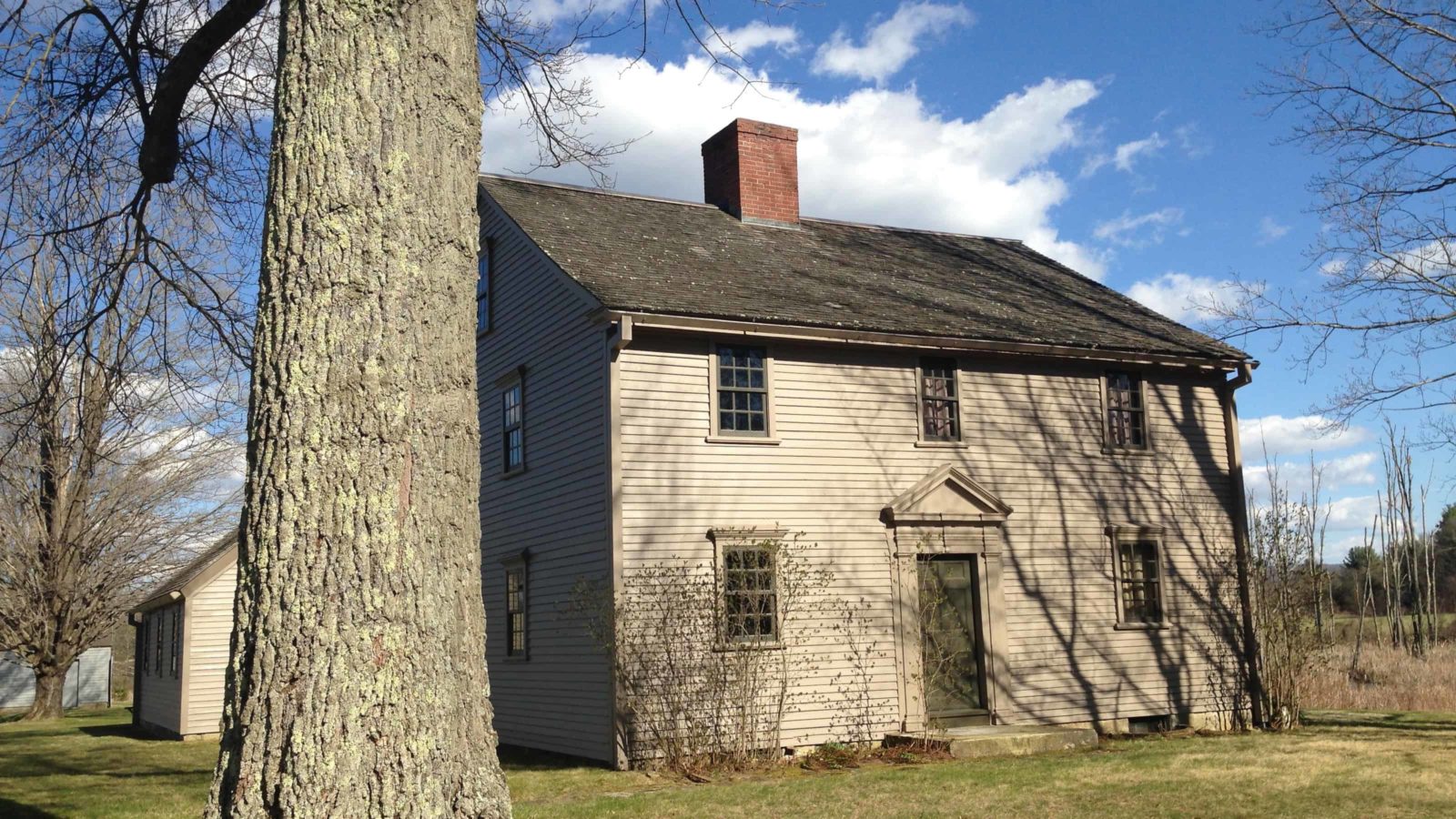“Harriet Beecher Stowe had a manic depressive husband, and the roof leaked, and she had seven children, and she wrote ‘Uncle Tom’s Cabin,’” said Berkshire playwright Barbara Sims. “She inspired me. I’ve raised children; I’m in a marriage; but how do you make your own identity?”
She read Stowe’s journal not long ago, and for the first time she felt she knew Stowe as a woman — Stowe became alive to her.
And they both have roots here. Stowe was born in Litchfield, in the Connecticut Berkshires.
On Sunday afternoon they came together on stage at Berkshire Theatre Group’s Unicorn Theatre in Stockbridge. Sims and her fellow writer, Hilary Somers Deely, will unite them, in their own words, with three more well-known Berkshire writers — Catherine Maria Sedgwick, Frances “Fanny” Kemble and Edna St. Vincent Millay — in “Through the Looking Glass,” a performance created as part of Berkshire Theatre Group’s Made in the Berkshires festival, to benefit the Berkshire Festival of Women Writers.
Sims hopes a looking glass may bring these women alive for others.
“Step through and everything becomes larger, different,” she said. “You step into their lives, and they become contemporary.”
In their own words, Deely said, in their novels, memoirs, letters and diaries, they talk about the revolutions in their own lives.
These five women lived from 1789 to 1950, through the Civil War and two World Wars, through deep changes in women’s lives and the abolition of slavery.
And in their own times they all chose to work, to write and perform. They lived by their writing, earned money for it and often supported their entire families. Two left their husbands — only Stowe remained married all her adult life and raised children. They all became publicly known, both loved and hated. They influenced national politics, saved lives and took political stands that sometimes risked their own.
Deely will perform as Sedgwick, a best-selling novelist in Stockbridge in the late 1700s, a spirited, independent woman and an abolitionist.
Sedgwick never married, though she had offers. She wrote robust novels, earthy and empathetic. And in her journals she brings the story of Elizabeth Freeman, who sued for her freedom in the state supreme court, with Sedgwick’s father as counsel, and won — a ruling that ended slavery in Massachusetts.
She also wrote with sparkling delight about her friend Fannie Kemble, who gave her name to Kemble Street in Lenox. Kemble had won a name as an actor in England before she came to America, Deely said, and she first came to the Berkshires because she and Sedgwick knew each other.
She would leave Lenox and the stage to marry a Southerner who inherited his family’s Georgia plantation — and she would become famous, and infamous, for protesting against slavery, plantation life and her husband in any way she could.
“She published her journals,” Sims said, “revealing what she saw on the plantation and how she was required to behave, yet when she left him she was vilified in the press.”
Kemble finally divorced her husband, a high scandal in her time, and she lost custody of her daughters; that separation caused her pain the rest of her life, Deely said. But she returned to acting, to Shakespeare and to Lenox.
And when she read “Uncle Tom’s Cabin,” she wrote to Stowe — whose novel had sold more than 300,000 copies and would lead her to meet with Abraham Lincoln. Like Kemble, she became loved and hated in the public eye.
“She traveled, even to England,” Sims said, “but there were places she could not go — places where she might have been killed.”
Stowe wrote her best-selling novel at 40, at the same age Edith Wharton would begin to publish her own fiction 50 years later. Coming out of New York society, Wharton too struggled with public life and social pressure, and at the Mount, in the Berkshires, she found space to live and to write.
“Edith decides she needs to create her own space, her own home,” said BTG’s artistic director Kate Maguire, who will perform as Wharton. “Relationships around her are difficult at times. She draws from the Mount, from the mountains and gardens,” and finds a place to stand in the chaos of her life.
And so, a generation later, did Millay, a bohemian Greenwich Village poet in the fast-changing days after World War I — a free-wheeling liberal who openly loved both men and women. She had grown up in rural Maine, looking after her sisters while her mother traveled to work, and she become known nationwide in her 20s as she gave readings of her incisive sonnets. She married later in her life, and in her years at Steepletop, in the New York Berkshires, she struggled with depression and physical pain.
She, too, found a refuge, Deely said, in the raw beauty of the mountains and vistas no one has been able to ruin.
“It was not seclusion,” Sims agreed, for all of these writers. “It was a place to be artistically free.”
Photo at the top: Elizabeth Freeman, who would go on to live and work with the Sedgwick family, won her freedom from the Col. John Ashley House in Sheffield in 1781. She lived here as a slave until she enlisted Theodore Sedgwick, a lawyer, to support her suit that slavery was unlawful in Massachusetts under the new constitution. Catherine Sedgwick writes about Freeman in letters and journals with warm admiration. Photo by Kate Abbott

